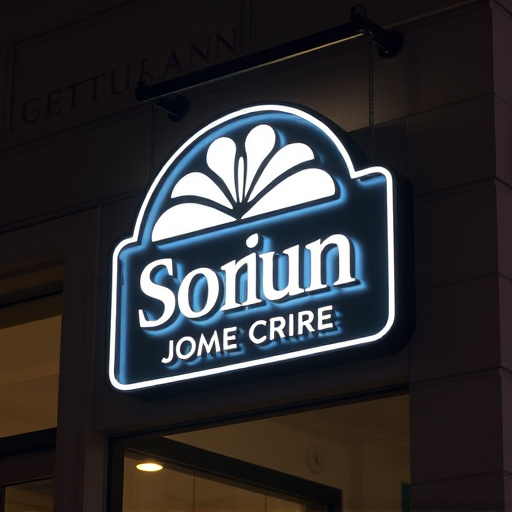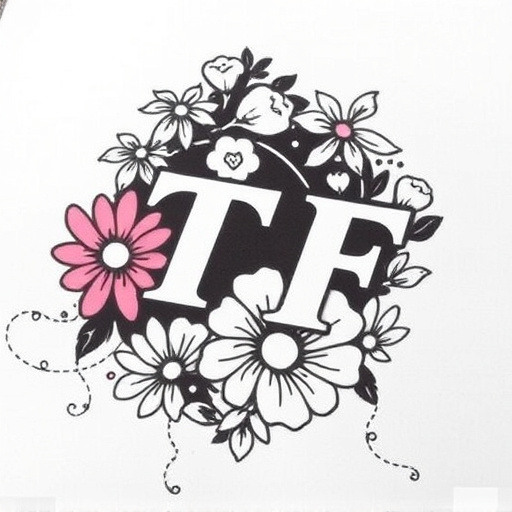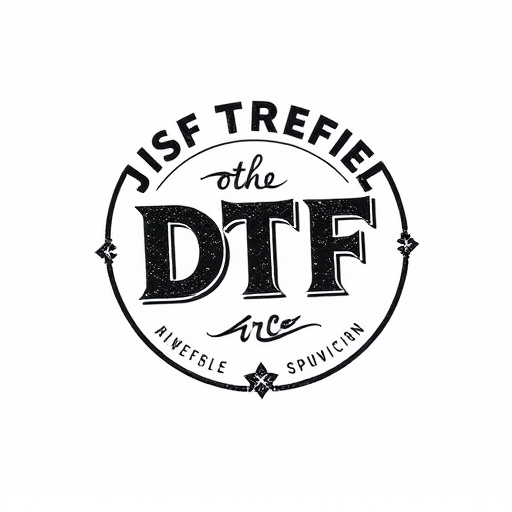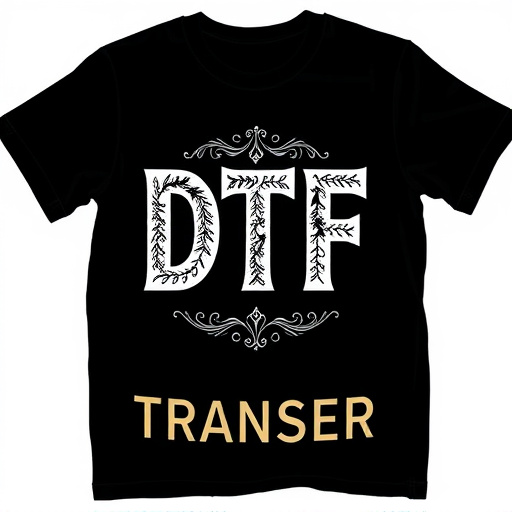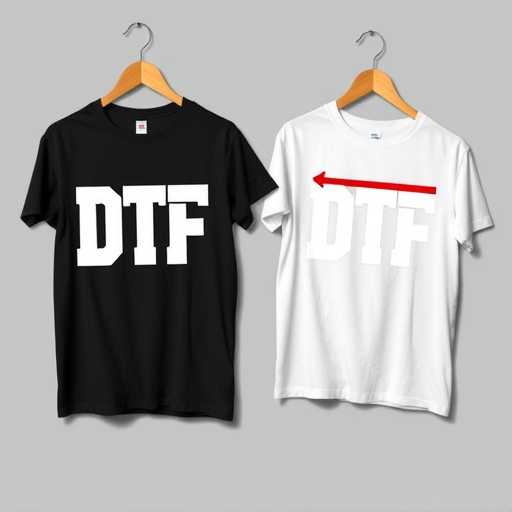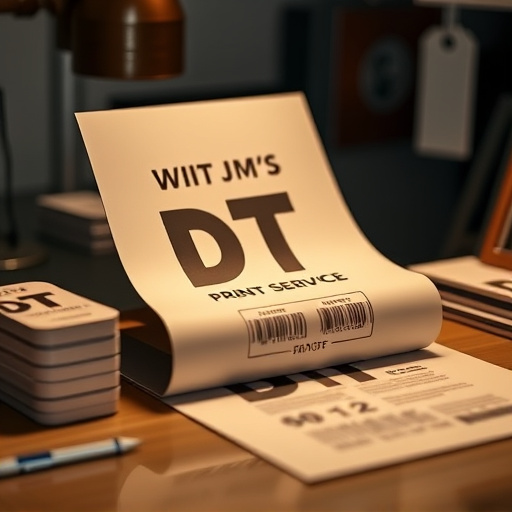Wholesale DTF Transfers production faces challenges from errors, environmental factors, and operator mistakes. Advanced diagnostic tools like high-res cameras, color analyzers, and AI enhance quality control by detecting discrepancies early. Regular equipment maintenance, standardized processes, and custom sheets minimize recurring issues, ensuring high-quality products like personalized hoodies while boosting customer satisfaction.
Wholesale DTF transfers production can be a complex process, prone to various issues that disrupt smooth operations. This article guides you through common errors like ink bleeding, misalignments, and poor adhesion, delving into their causes. We introduce effective diagnostic tools to swiftly identify problems and offer proven strategies to prevent recurring errors in wholesale DTF transfers. By mastering these techniques, businesses can enhance production efficiency and maintain high-quality results.
- Common DTF Transfer Errors and Their Causes
- Diagnostic Tools for Efficient Problem Solving
- Effective Strategies to Prevent Recurrence
Common DTF Transfer Errors and Their Causes

In the realm of wholesale DTF transfers production, various errors can arise, causing disruptions and delays. Common issues include misalignments during application, leading to inconsistent print quality. Another frequent problem is the improper setting of heat and pressure, resulting in either inadequate bonding or excessive adhesive oozing, both of which affect the final product’s durability.
The causes behind these errors are multifaceted. Using incompatible materials, such as incorrect dtf heat transfer paper for specific designs or fabrics, can lead to misprints and peeling issues. Environmental factors, like excess humidity or temperature fluctuations, may also impact the adhesive properties, making it crucial to maintain a controlled production environment. Moreover, operator error, such as using excessive force or not following the manufacturer’s guidelines, can contribute to subpar results, including cold peel dtf transfers that require immediate attention and adjustment.
Diagnostic Tools for Efficient Problem Solving

When troubleshooting issues in Wholesale DTF Transfers production, having the right diagnostic tools is paramount. Advanced software and hardware solutions allow for meticulous inspection of each step in the process, from design input to final product. These tools often include high-resolution cameras, color analyzers, and specialized printing probes that can detect even the smallest discrepancies, such as misaligned prints or uneven ink distribution.
For efficient problem solving, leveraging data analytics and AI-driven insights is equally crucial. By analyzing past production runs and identifying recurring issues, manufacturers can proactively implement solutions. This data-driven approach not only speeds up troubleshooting but also ensures consistent quality in custom t-shirts, dtf printing for hoodies, and other DTF transfers, ultimately enhancing customer satisfaction.
Effective Strategies to Prevent Recurrence

Implementing robust measures is key to preventing recurring issues in Wholesale DTF Transfers production. One effective strategy involves regular equipment maintenance and calibration. Ensuring that printing machines, cutting tools, and applicators are well-maintained and accurately calibrated can minimize errors and inconsistencies in transfers. This includes routine checks for wear and tear, cleaning, and updating software to the latest version for optimal performance.
Additionally, adopting a standardized quality control process is vital. This entails setting clear guidelines and specifications for each step of production, from design preparation to final product inspection. Utilizing custom sheets for heat pressing designs onto garments ensures precise alignment and consistent application of transfers. For instance, with cold peel DTF transfers, a meticulous process can be established to monitor adhesive strength, ensuring easy peeling without residue on the garment. This comprehensive approach not only enhances production efficiency but also guarantees high-quality, personalized products like direct to film personalized hoodies.
Wholesale DTF transfers production can be streamlined by understanding common errors, utilizing diagnostic tools effectively, and implementing preventive strategies. By addressing issues promptly and adopting best practices, businesses can ensure consistent quality and minimize disruptions in their DTF transfer processes. This approach not only enhances efficiency but also strengthens the overall reliability of wholesale DTF operations.



